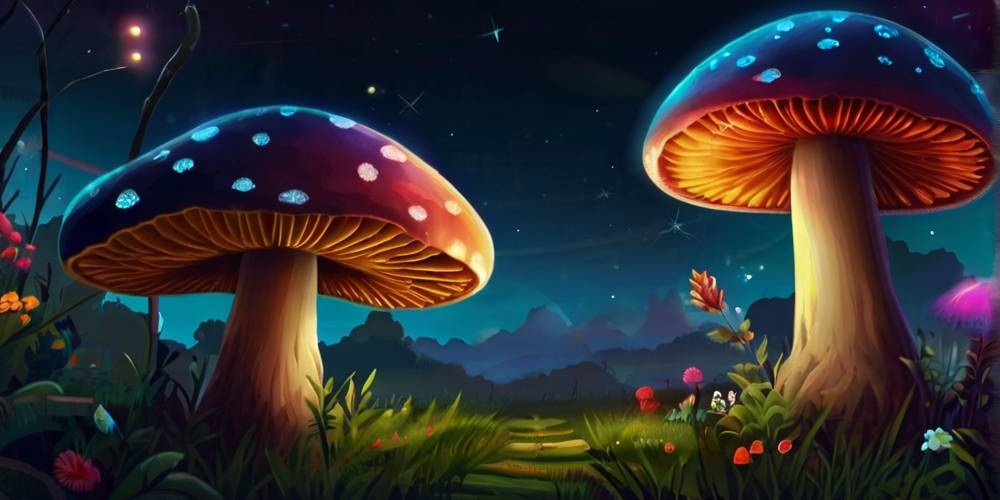
What Are Pink Buffalo Magic Mushrooms?
Share
The study of fungi, there is an array of intriguing species that captivate both scientists and enthusiasts alike. Among these, the Pink Buffalo magic mushrooms stand out due to their unique origin and characteristics. These mushrooms are often discussed in scientific circles and have piqued the curiosity of many who are eager to understand more about their role in research and what makes them particularly noteworthy.
Discovering Pink Buffalo Magic Mushrooms
The story of Pink Buffalo magic mushrooms begins on the lush, tropical island of Thailand. According to popular accounts, these mushrooms were first discovered near the famous full moon party beaches, where they were growing naturally in the wild. The name "Pink Buffalo" is derived from a local legend of a pink buffalo that led to their discovery. This intriguing backstory not only adds a layer of mystique but also highlights the rich biodiversity found in such regions.
Scientific Interest in Pink Buffalo
In the scientific community, Pink Buffalo mushrooms are of interest for various reasons. Firstly, their spores, specifically referred to as "pink buffalo spores," are a key focus of study due to their distinct genetic makeup. These spores provide researchers with insights into the reproductive strategies of fungi and their adaptation to different environments.
Genetic Diversity and Adaptation
The genetic diversity found within the strains of Pink Buffalo magic mushrooms is of particular interest to mycologists. Studying these mushrooms allows scientists to observe how fungi can adapt to various environmental conditions and what genetic variations provide advantages in specific ecosystems. This type of research is vital for understanding the broader ecological roles of fungi, including their interactions with other organisms and their contributions to their habitats.
Contribution to Mycological Research
Mycological research, the field dedicated to the study of fungi, benefits greatly from the study of unique mushroom strains like Pink Buffalo. By examining "pink buffalo liquid spores," scientists can delve into the molecular and cellular processes of fungal growth and reproduction. This research has broader implications for understanding fungal diseases, their propagation, and possibly even their containment, which is crucial for agriculture and horticulture industries.

Fungi in Ecosystems
Beyond just their genetics, Pink Buffalo magic mushrooms serve as a model for studying the ecological impact of fungi. Fungi are critical to their ecosystems, often serving as decomposers that recycle nutrients back into the soil, which in turn supports plant life and maintains the health of the environment. The study of Pink Buffalo mushrooms helps to highlight the essential functions that these organisms play in our world.
Educational Value
Educationally, the Pink Buffalo provides a fascinating case study for students and scholars interested in natural history and biological diversity. These mushrooms are used in academic settings to teach about the classification of fungi, their life cycles, and their roles within biological systems. This not only enhances our understanding of biology but also fosters a greater appreciation for the natural world.
Conservation and Biodiversity
The conservation of unique species like the Pink Buffalo magic mushrooms is also a significant aspect of scientific interest. By studying these organisms, conservationists can better understand the conditions necessary for their survival and how changes in their environment could impact their populations. This research is crucial for developing strategies to preserve biodiversity, particularly in regions that are rich in unique species but face environmental threats.
Conclusion
While the Pink Buffalo magic mushrooms may seem like just another species of fungus, they offer a rich avenue for scientific exploration and education. By studying these mushrooms, scientists can enhance our understanding of genetics, ecology, and conservation. The continuous research and interest in such unique species are vital for advancing our knowledge of the natural world and ensuring the preservation of biodiversity for future generations.
